Tobita Shinchi Now Busier Than the Expo and the Lost Streets of the Vanished Short-Time Districts
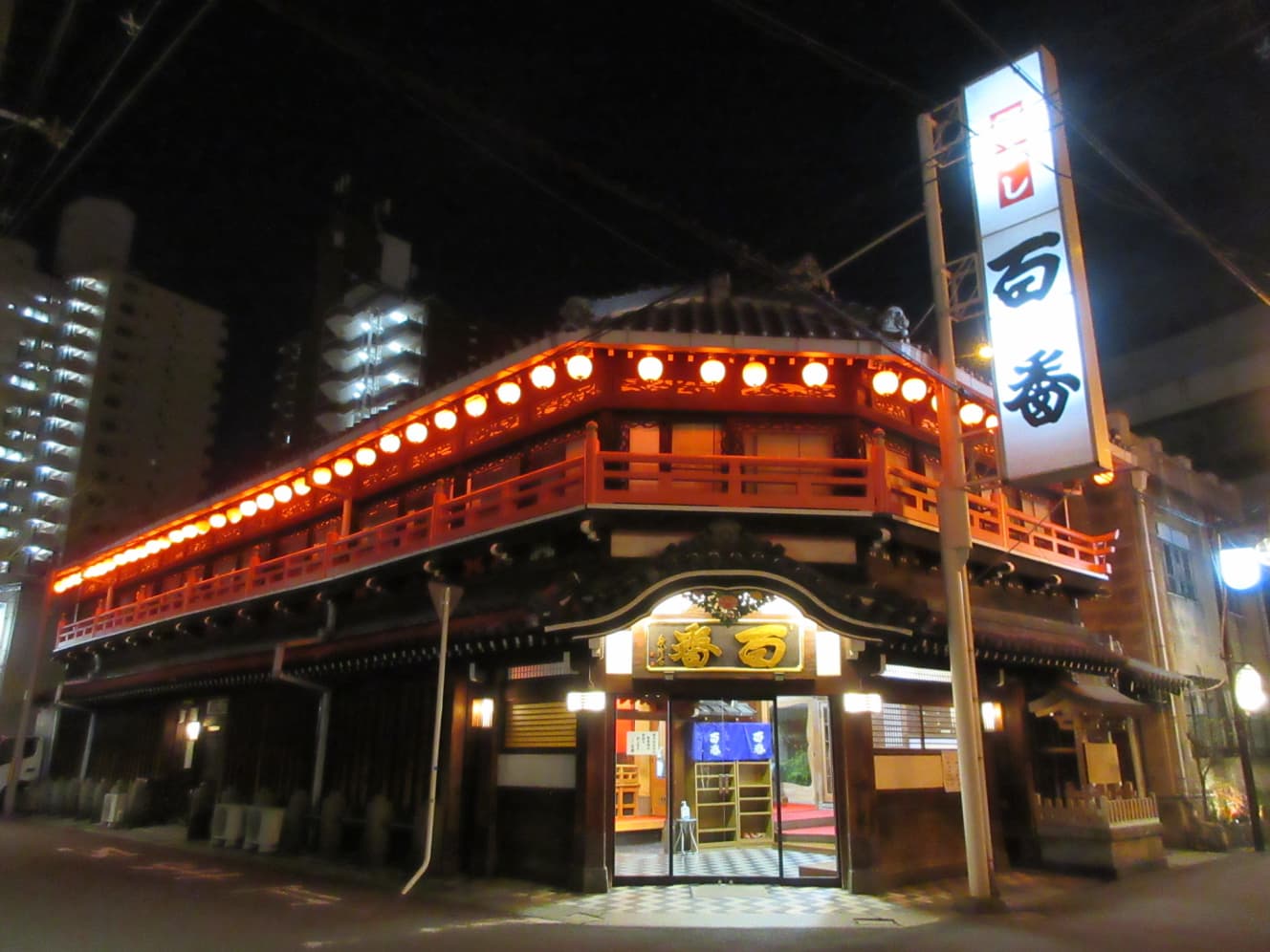
I covered Tobita and Matsushima after the opening of the Expo
On April 13, the opening day of the Osaka-Kansai Expo, one of Osaka’s five major Shinchi districts — Shintoyama Shinchi — temporarily closed its doors. Meanwhile, Matsushima Shinchi, located along the Osaka Metro Chuo Line en route to the Yumeshima Expo site and the closest Shinchi to the event, had been the subject of speculation: “What will happen there?” In the end, however, it remained open for regular business throughout the Expo period, much to the relief of its regular patrons. Japan’s largest ryotei district, Tobita Shinchi, along with the other two Shinchi areas (Imazato and Takii), also saw no changes.
Before the Expo opened, pessimistic rumors circulated online predicting, “Every shop will close” or “There’ll be a massive crackdown,” but in the end, only Shintoyama Shinchi made any move in response to the event.
So how much, in reality, has the Expo affected the business of these five Shinchi districts? On social media, comments like “During Golden Week, Tobita Shinchi was busier than anywhere else in Minami,” “I’d rather go to Tobita than the Expo,” and “Personally, Tobita over the Expo any day” could be seen. To get a sense of the actual situation, visits were made to Tobita Shinchi and Matsushima Shinchi in late May.
At a glance, Tobita Shinchi showed no significant changes in either customer numbers or how businesses were operating. The number of foreign visitors was also unchanged — most noticeably groups of two to three East Asians, particularly Chinese and Koreans. There were also some darker-skinned South Asians and a few white tourists. Occasionally, blonde-haired white women would enter the main street as part of sightseeing tours.
During this round of reporting, several tour groups of about 20 to 30 white tourists guided by local guides were frequently seen near the ryotei streets. Locals shared that the number of foreign visitors had increased since before the Expo. While it used to be mostly Chinese tourists, now people from a variety of countries were coming through on tours. As some ryotei proprietresses had advertised on job sites before the Expo, claiming “It’s sure to be lively,” the overall customer traffic indeed seems to be on the rise.
Meanwhile, Matsushima Shinchi remained its usual quiet self. Only a pair of Korean customers were spotted among the sparse visitors. When asked by one of the street’s familiar touting ladies whether business had picked up thanks to the Expo, she replied, “Nothing’s changed.” That said, the quality of the women working there did appear to have improved slightly, with several beauties one might expect to find along Tobita Shinchi’s main street — a welcome discovery.
In the end, even with the Expo underway, the five Shinchi districts remained intact. Yet no one knows when these underground entertainment areas might face crackdowns. Though nowadays such iro-machi (red-light districts) hardly exist outside Osaka, just 20 years ago, districts like Tobita Shinchi and Matsushima Shinchi could be found in cities all over Japan. How did these Shinchi districts come to be, flourish, and disappear? In the following, we’ll take a look back at the rise and fall of some of Japan’s now-vanished chonnoma (short-time house) districts.
First, let’s start with two areas where, after crackdowns, the chonnoma buildings were left abandoned and decayed.
Rows of rundown one-story houses once stood. Okinawa’s “Maehara.”
About 20 minutes by car from central Naha City, Okinawa Prefecture — in a residential area south of Futenma Air Base in Ginowan City — there once existed a chonnoma district known as the “Maehara Entertainment Quarter” (commonly called Shinmachi). It originated around 1950 when local residents set up brothels to protect local women from U.S. soldiers. Over time, it gained nationwide fame as an entertainment district catering to Japanese tourists.
At its peak, more than 100 establishments operated there, with 300 to 400 women working in the area. Open 24 hours a day and offering time with young Japanese women at a bargain rate of 5,000 yen for 15 minutes, it became wildly popular.
However, starting in 2009, Okinawa Prefectural Police, Ginowan City, and local citizen groups launched cleanup efforts to improve public order in the area. The Ginowan Police Station conducted regular patrols by squad car, made frequent inspections, and questioned people coming and going by vehicle. Ginowan City held a “Shinmachi Environmental Purification” citizens’ rally and began community patrols. Thanks to these persistent efforts, by early 2011, the chonnoma district was effectively eradicated, forcibly bringing to an end a history that had lasted over half a century.
This cleanup was reportedly part of broader redevelopment plans for the area in anticipation of the return of Futenma Air Base. Afterward, some operators attempted to revive business in the form of men’s esthetic salons, but repeated complaints from nearby residents led to police crackdowns. The vacant okiya buildings struggled to find tenants, and concerns grew over the deterioration of the aging structures. Once referred to as a dark legacy of the U.S. occupation era and Okinawa’s shame, the former red-light district ultimately fell into ruin, with rows of dilapidated one-story houses left abandoned. Most of the buildings have since been torn down, leaving empty lots in their place.
Once, sexy foreign women used to attract customers here. Kawasaki’s “Horinouchi.”
Kawasaki’s Horinouchi is known as one of Japan’s three major soapland districts, alongside Tokyo’s Yoshiwara and Kobe’s Fukuhara. But in the past, it was also home to numerous chonnoma (short-time brothels). In 1965, after the full enforcement of the Prostitution Prevention Act, the Kawasaki East District Restaurant and Dining Association was established in Horinouchicho. In name it was a dining association, but in reality, it operated as an illegal sex industry. At its peak during the bubble economy, there were reportedly over 70 such establishments, and the area was bustling.
Around the year 2000, during the daytime, scantily clad women from China, Taiwan, and Korea wearing provocative outfits could be seen through shopfront windows at establishments scattered between the soaplands. I visited the area many times back then, and the shocking sight of these sexy foreign women on display, showing plenty of skin, was reminiscent of Seoul’s massive brothel district known as “588 (O-pal-pal),” leaving a lasting impression.
Though these illegal establishments were thriving, from 2009 onward, a series of major crackdowns began, leading to their destruction. The reason for these raids was reportedly the hiring of undocumented foreign workers, similar to what had happened with the chonnoma in Yokohama’s Koganecho district. After the raids, almost all the shops disappeared, and the previously notorious atmosphere of moral disorder was gone. The chonnoma trade itself shifted from young foreign women to middle-aged Japanese women, and a few remnants quietly continue to operate to this day. Because they work discreetly and unobtrusively, it seems both the police and local residents tacitly tolerate their presence.
In Horinouchi, some of the old establishments from that time still remain. Their dilapidated, abandoned state now stands as a silent trace of a once-thriving, infamous past.
Even the mayor was left speechless by this disgrace of the city. Sagamihara’s “Tanbo of Machida.”
While some chonnoma districts have been left abandoned and deteriorating into ruins after crackdowns, there are areas where, following police raids, all the buildings were cleared away and neatly redeveloped. One representative example is the district in Sagamihara City, Kanagawa Prefecture, commonly known as Tanbo, a former chonnoma quarter.
This red-light district originated during the war when a starch factory was built on land that had been rice fields. After the war, the factory went bankrupt, and soon after, Korean residents in Japan moved in, turning the former factory site into a seisen (unlicensed red-light) district of special dining establishments.
At first, Japanese women provided the services, but around 1975, foreign women from Singapore, Taiwan, Thailand, Northern Europe, and Brazil began working there. Over time, the number of foreign workers increased to include women from China and South American countries. At its peak in 1998, there were as many as 83 illegal brothels, their entrances marked by red and pink lanterns. Because these establishments were densely clustered near JR Machida Station’s south exit on the Tokyo side of the border, the area became known as “Machida no Tanbo.”
The entire area was notorious for its poor public morals and was widely regarded by locals as a disgrace to the city. When the mayor of Sagamihara visited for an on-site inspection, he reportedly muttered, “I can’t believe a place like this existed in Sagamihara.”
In 1998, a major crackdown was carried out by the Kanagawa Prefectural Police and Sagamihara Minami Police Station. Authorities initially targeted prostitutes for illegal overstays, but even when operations were temporarily halted, they would quickly resume. The fact that the area straddled the border between Tokyo and Kanagawa complicated the issue, and an unusual joint operation between the Metropolitan Police Department and the Kanagawa Prefectural Police was necessary.
The anti-illegal red-light district campaign continued, and by January 2006, the area was completely eradicated — achieving a long-cherished wish for both nearby residents and the cities of Sagamihara and Machida. The cleared site was partially redeveloped into apartment complexes, with the remainder converted into parks, hourly parking lots, or left as vacant lots.
In the latter part of this series, it also covers Kannami Shinchi, another example of a chonnoma district that was completely cleared out and redeveloped, as well as former chonnoma quarters that were repurposed and reborn after crackdowns.
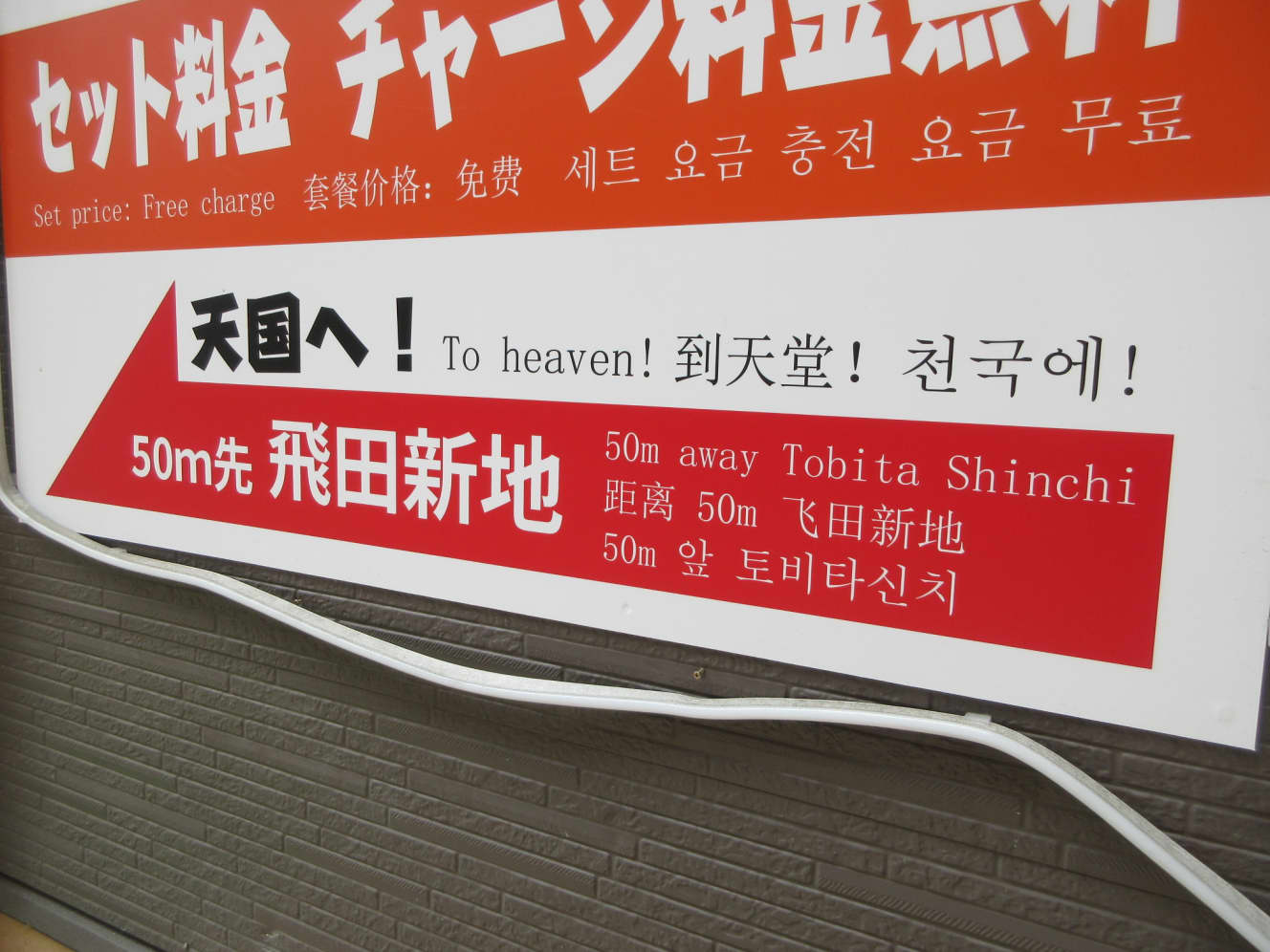
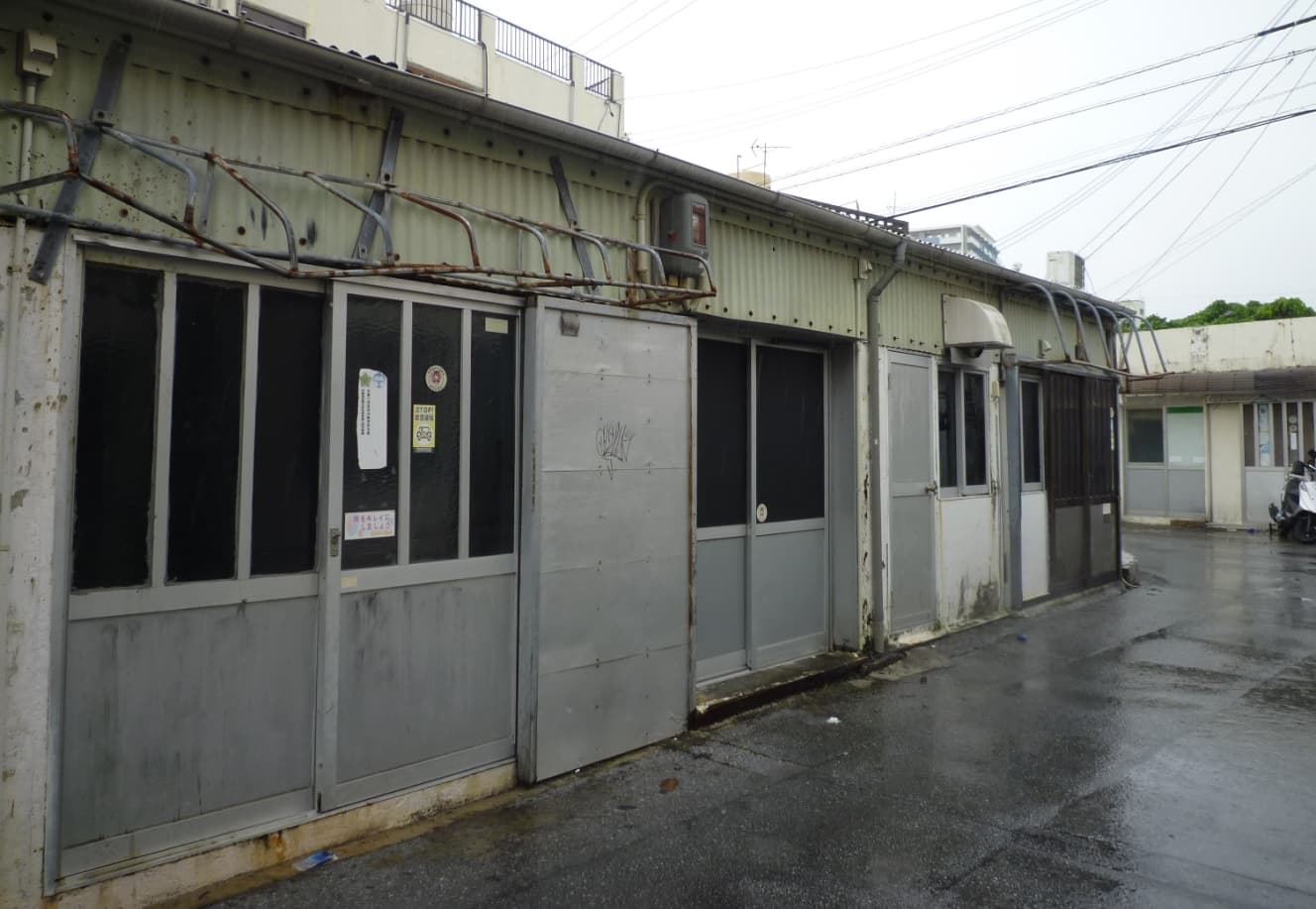
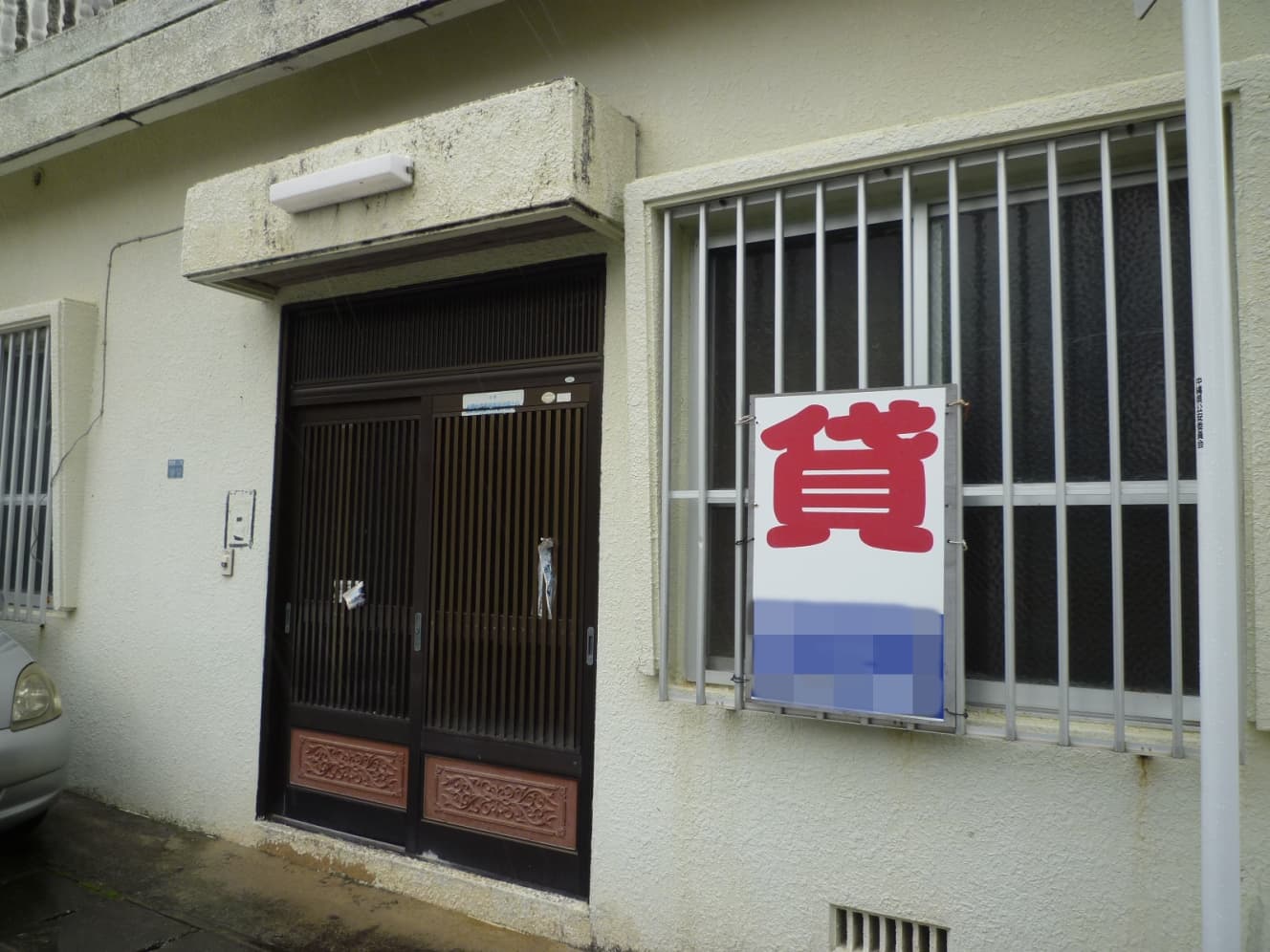
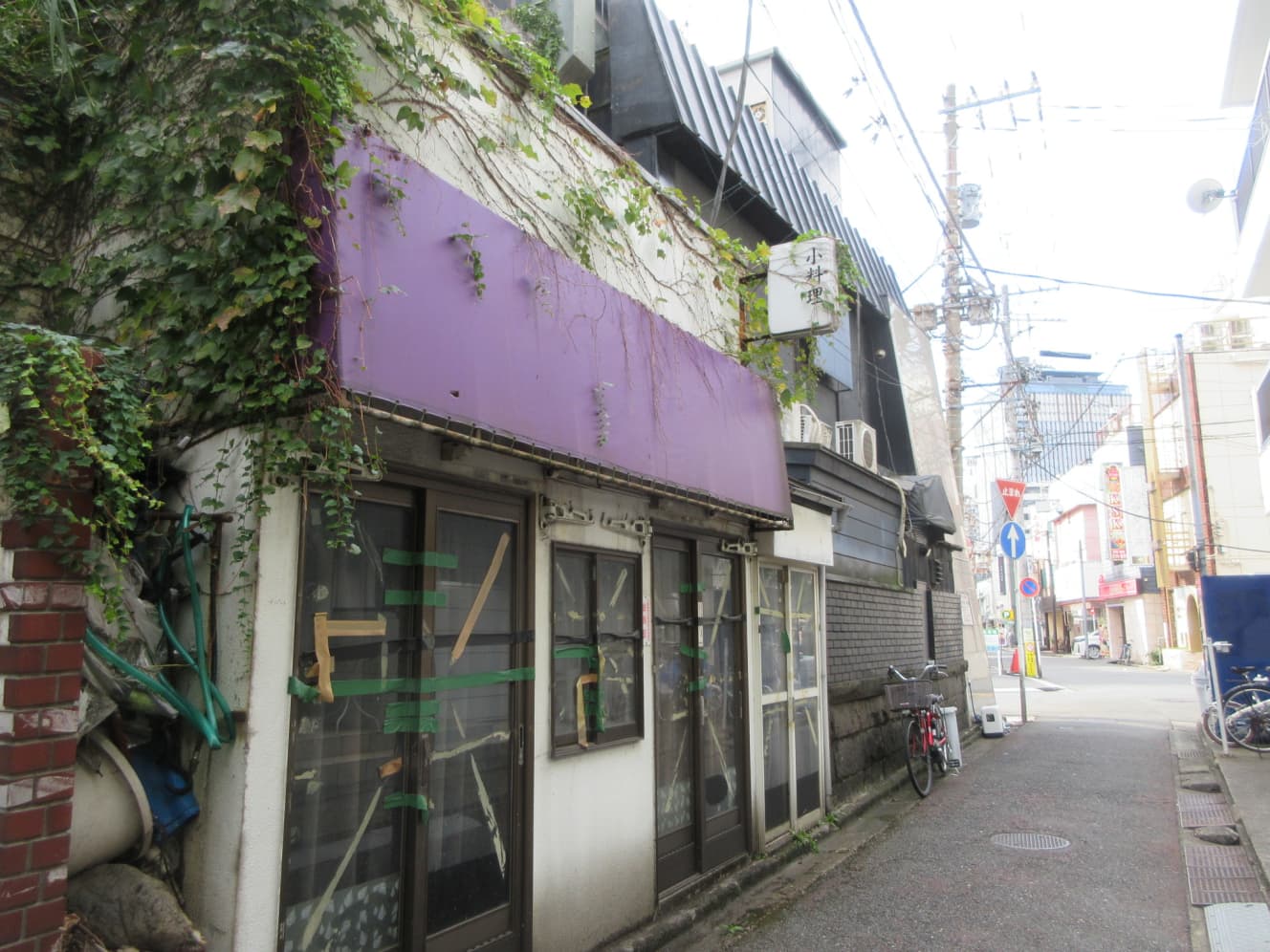
Interview, text, and photographs: Akira Ikoma